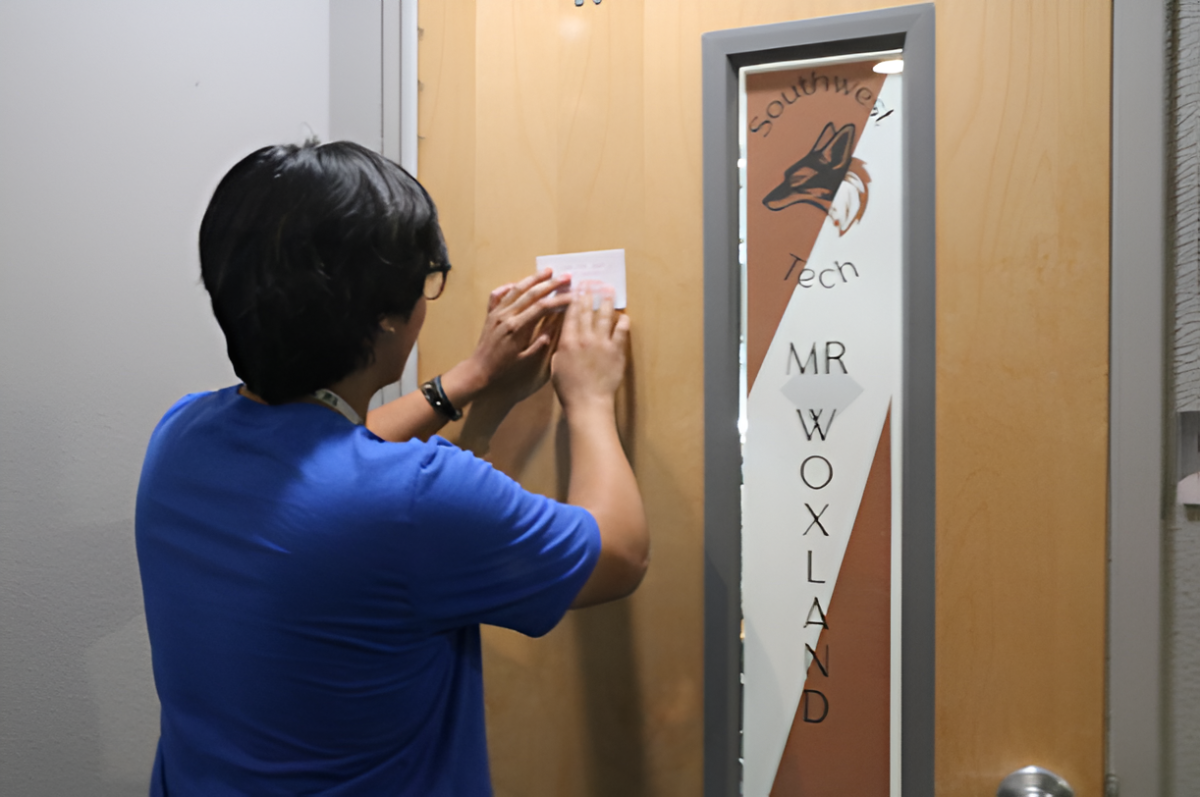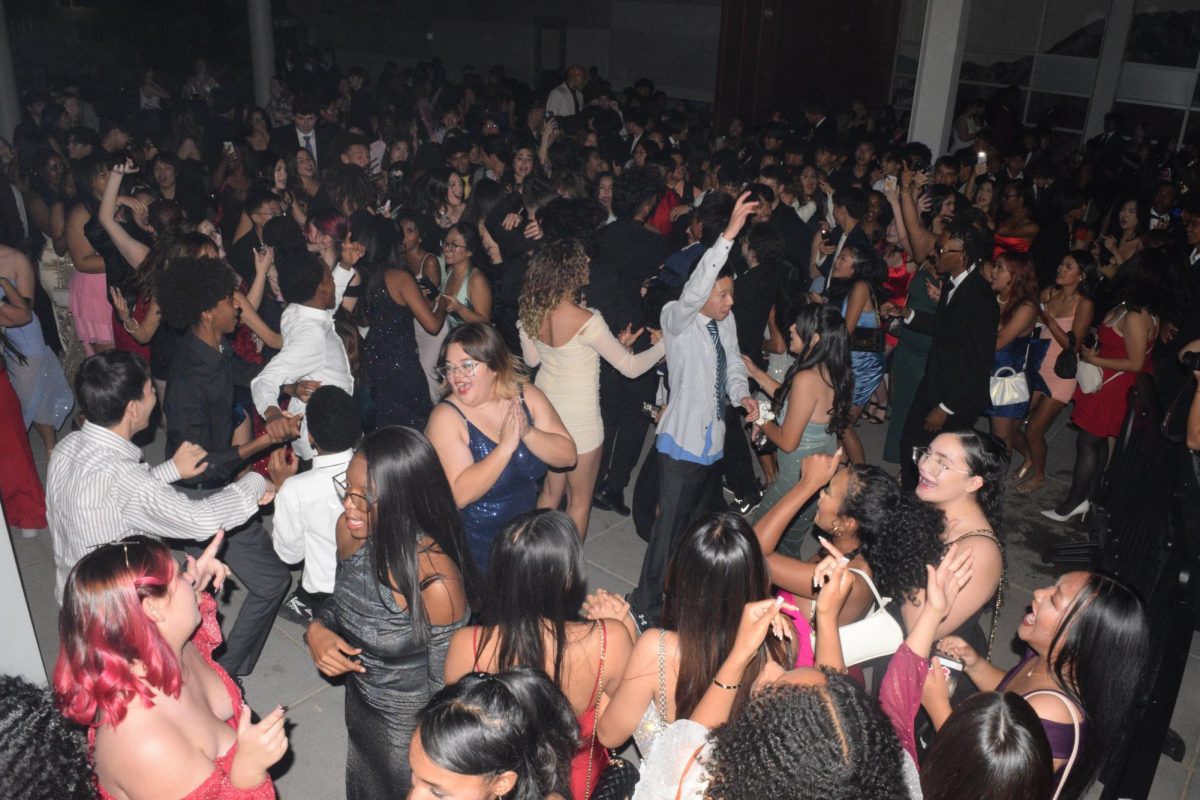As Las Vegas fabric stores suddenly shut down, students in the Fashion Design program are now struggling to find affordable materials required for their coursework.
Stores such as JoAnn Fabrics have terminated operations, reducing access to affordable supplies.
“The biggest challenge is that [either] as a teacher [or a student], we can’t just ‘run to the store’ if we run out of a material or supply; now we have to shop online, order it and wait for the item to arrive because of shipping,” Fashion Design teacher Levi Harbeson said. “It’s messed up our timelines on a lot of projects, as I try to compensate for the challenge of not having a store here in Las Vegas.”
With the sudden shortage of local materials, it is pushing both students and Harbeson to rethink their design process. Students have been ordering from sources such as Amazon and a number of other stores based in Los Angeles, such as Mood Fabrics and Blue Moon.
“At present, we have moved to mostly ordering from online retailers, which is challenging—a huge part of textile shopping is feeling the texture of the fabric and seeing the drape in person,” Harbeson said. “The hardest part of Joann’s closing was that the alternatives are much more expensive; ordering from smaller ‘mom and pop’ shops is obviously more expensive and stores like Mood only carry higher quality (and therefore more expensive) textiles.”
Students have had to adapt their construction process due to material shortages, often starting a garment and pausing until the rest of the fabric arrives.
“Ordering fabric online can cause issues [as] when the fabric doesn’t come on the schedule[d] time and we are on a time crunch [when] creating an outfit,” junior Joy Park said. “We sacrifice our own time after school to come in and sew our garments so they are completed by a certain deadline.
Furthermore, money has become a larger problem, keeping students from getting materials on time.
“Several students have had to wait for their parents/guardians to get paid before ordering textiles, which doesn’t always align with the timeline and due dates of our course,” Harbeson said. “This in turn, makes them have less time to physically work on their garments. Textiles and sewing supplies are more expensive, so families have less money to put towards projects than usual.”
For some, the loss went beyond fabric quality and price.
“I feel like the other fabric stores carried a bunch of other things other than fabrics,” Park said. “JoAnn had a lot of sewing machines, materials like thread, zippers and other small items that you needed to make your projects and with the store shutting down, it limited our options, especially with different factors such as color.”
Despite these challenges, students are adapting and finding new ways to approach their designs.
“Luckily, JoAnn’s inventory was purchased by Michael’s and those stores are slowly expanding their sewing supply options in-store, but it will take time,” Harbeson said. “Until we truly have a replacement for JoAnn’s, we are mostly going to have to rely on ordering online and local stores, which are more expensive and risky.”

![Arranging the fabric on the floor for a new project, senior Sapphyre-Ann Leung plans out her attire for the next deadline. With the recent closures, students now had limited resources and less margin for error with the fabric and materials they had in stock while trying to reach strict deadlines. “Joann’s had a lot of high-end fabric for our fashion competitions,” Leung said. “We couldn’t just buy ten yards of fabric from Hobby Lobby or Walmart. Since [Joann Fabrics] is no longer open, we have to buy items online, which is way more expensive.”](https://southwestshadow.com/wp-content/uploads/2025/10/IMG_0038-1200x800.jpg)


![Practicing the basic skills of nursing, sophomore Natalia Yancey gets her heartbeat checked with a stethoscope. Sophomore nursing students reviewed skills from freshman year. “I’ve always wanted to be in the medical field; it’s been my dream forever,” Yancey said. “Doing [practice skills] so early on is not only an amazing opportunity, but it helps me to prepare for my future.”](https://southwestshadow.com/wp-content/uploads/2025/10/IMG_9843-1200x800.jpg)


